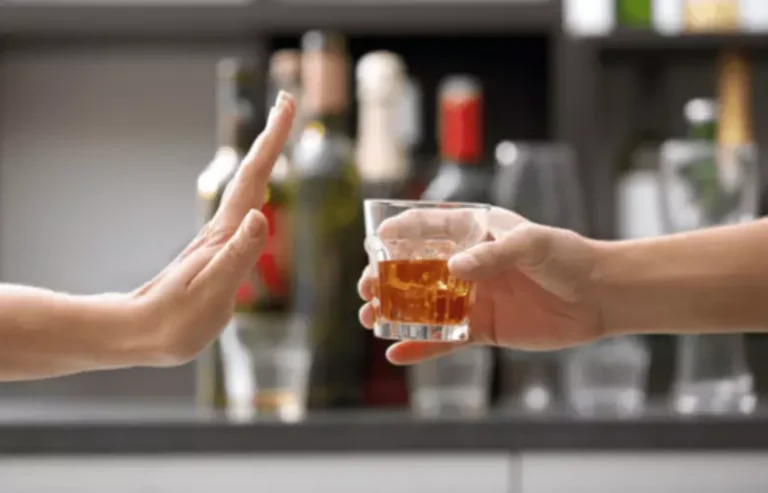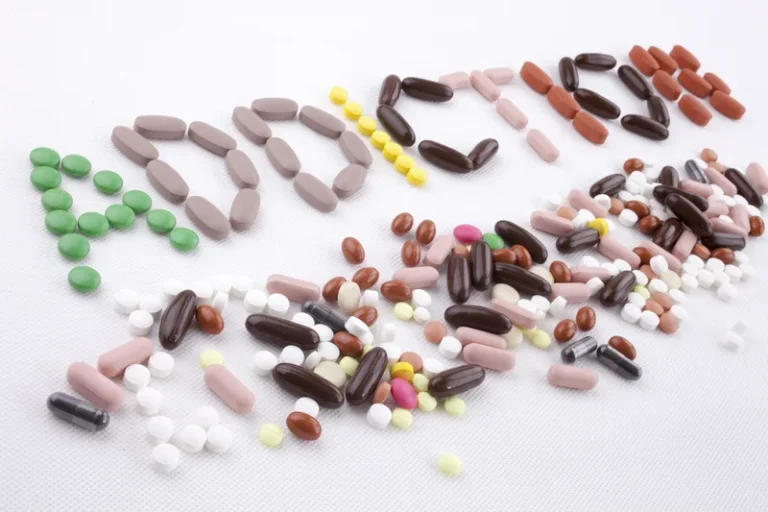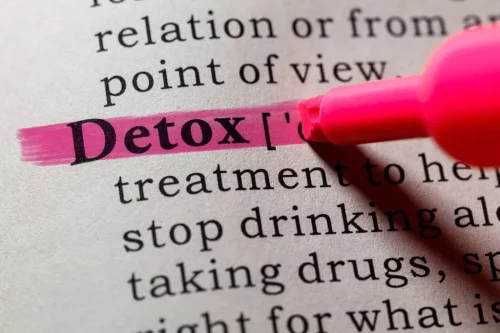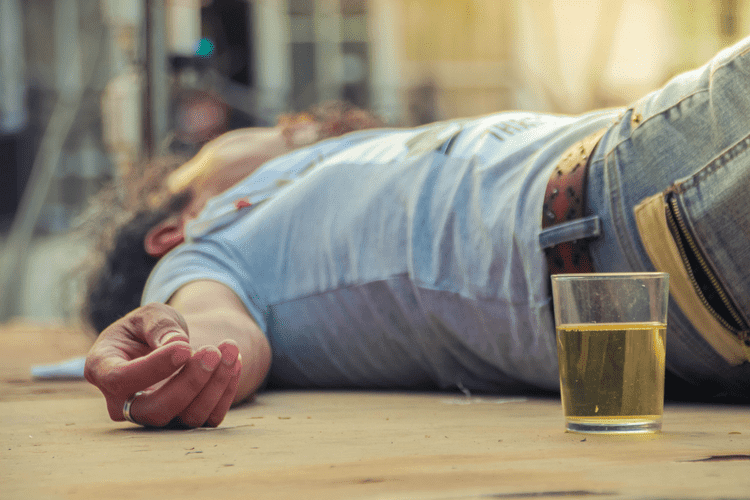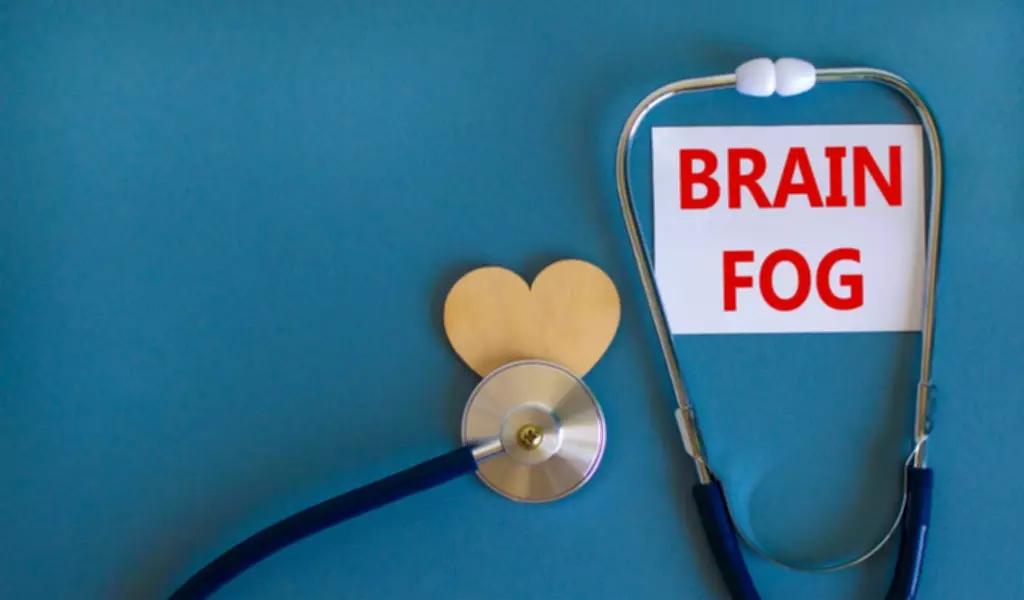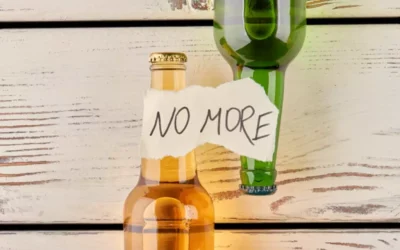At MedMark, we use evidence-based MAT programs that allow patients to learn coping and recovery skills. With a combination of medicine, therapy and social support, we assist patients as they work toward opioid-free lives. You can contact us online at any time to schedule your first appointment.
- These may include nausea, rapid heart rate, hallucinations, and muscle spasms.
- To find a treatment program, browse the top-rated addiction treatment facilities in each state by visiting our homepage, or by viewing the SAMHSA Treatment Services Locator.
- People under Suboxone medication should not try to mix Suboxone with alcohol or other drugs.
- According to the Substance Abuse and Mental Health Services Association, there are approximately 30,000 suboxone-related emergency room visits every year.
- While Suboxone doesn’t directly treat alcohol use disorder, it may lend itself to preventing individuals from being in situations where they are drinking or consuming other substances.
If you are taking a medication that contains alcohol, it’s important to tell your prescribing physician about all other medications you are taking while using Suboxone. You can also help prevent interactions with Suboxone by taking it exactly as your doctor prescribes. If you have concerns about having caffeine while you’re taking Suboxone, talk with your doctor or pharmacist. There aren’t any known interactions between Suboxone and lab tests. If you have any questions about having lab tests during Suboxone treatment, talk with your doctor. Suboxone and vaccines aren’t known to interact with one another.
Does Suboxone Block the Effect of Alcohol?
As such, it is not recommended you have alcohol until 8 days after you have completed treatment to avoid side effects. Suboxone is a medication used for the treatment of Opioid Use Disorder or OUD – a condition where individuals have a dependence on opioids. Beyond clinical practice, he’s an advocate addiction therapy online for community awareness and early intervention in addiction prevention. Outside work, Trent values family time, personal growth, travel, and promoting a healthy lifestyle. With all that said, the true key to sustainable recovery from opioid addiction is deciding to treat your body and self better.
Thus, if an individual uses Suboxone to avoid opioids, they may also spend less time drinking alcohol. Suboxone doesn’t dampen the effect of alcohol like it does with other opioids. Instead, people who mix these substances often experience stronger intoxication symptoms while drinking an amount https://sober-house.org/ they once considered safe. Suboxone works as a partial opioid agonist (weak opioid) and locks itself onto the brain’s opioid receptors. This mechanism helps alleviate withdrawal symptoms, lower cravings, and prevent other potent opioids from interacting with opioid receptors in the brain.
Examples of common medications known to interact negatively with alcohol
There are no specific reports of vitamins interacting with Suboxone. However, it’s possible that interactions with vitamins could be recognized in the future. Because of this, you should talk with your doctor or pharmacist before taking any vitamin product with Suboxone.
Understanding How Suboxone Works
It is also important to mention that those who drink alcohol while taking Suboxone are most likely doing so against the clinical provider’s advice, some even secretly. Beyond the physical side effects of consuming alcohol, there is also the risk of using alcohol as a substitute for the opioid addiction from which you are trying to recover. Mixing alcohol with Suboxone can result in long-term and permanent side effects. As tolerance develops and a person begins taking more Suboxone and/or alcohol, it’s only a matter of time before dependence forms.
However, that is only the beginning because things can accelerate and run out of control pretty fast. American Addiction Centers (AAC) is committed to delivering original, truthful, accurate, unbiased, and medically current information. We strive to create content that is clear, concise, and easy to understand. We do not receive any compensation or commission for referrals to other treatment facilities.
However, there is potential for serious side effects when combined. This is because their effects become enhanced when taken together. A graduate of Texas Tech University and the University of Cincinnati, Trent is fervently dedicated to providing evidence-based, compassionate care to those battling addiction. He emphasizes a holistic, patient-centered approach and stays updated on the latest in addiction research. Trent Carter, FNP-BC, CARN-AP, is a seasoned nurse practitioner with over a decade of experience in addiction medicine.


